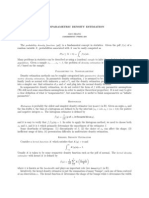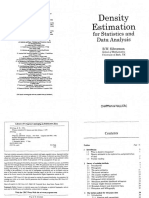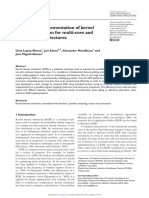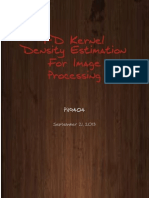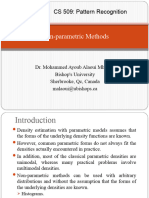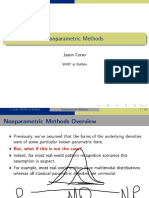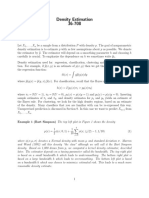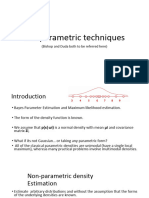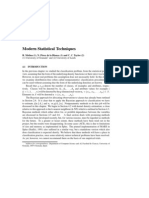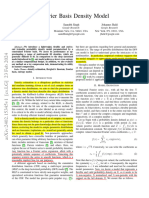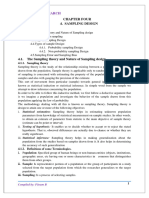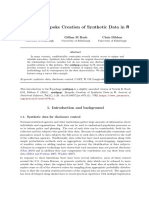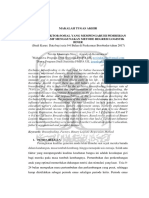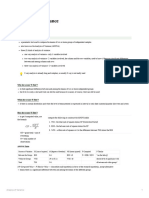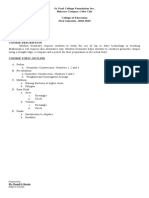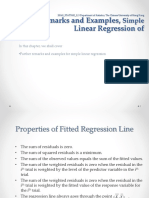0% found this document useful (0 votes)
54 views29 pagesKde Slides
This document discusses nonparametric density estimation using kernel density estimation (KDE). It begins with an introduction to histograms and their problems for density estimation. It then introduces KDE, which uses a kernel function to smooth the histogram and provide a continuous density estimate. It discusses choosing the bandwidth and presents examples of KDE, including estimating disease risk based on glucose levels.
Uploaded by
SueCopyright
© © All Rights Reserved
We take content rights seriously. If you suspect this is your content, claim it here.
Available Formats
Download as PDF, TXT or read online on Scribd
0% found this document useful (0 votes)
54 views29 pagesKde Slides
This document discusses nonparametric density estimation using kernel density estimation (KDE). It begins with an introduction to histograms and their problems for density estimation. It then introduces KDE, which uses a kernel function to smooth the histogram and provide a continuous density estimate. It discusses choosing the bandwidth and presents examples of KDE, including estimating disease risk based on glucose levels.
Uploaded by
SueCopyright
© © All Rights Reserved
We take content rights seriously. If you suspect this is your content, claim it here.
Available Formats
Download as PDF, TXT or read online on Scribd
/ 29



